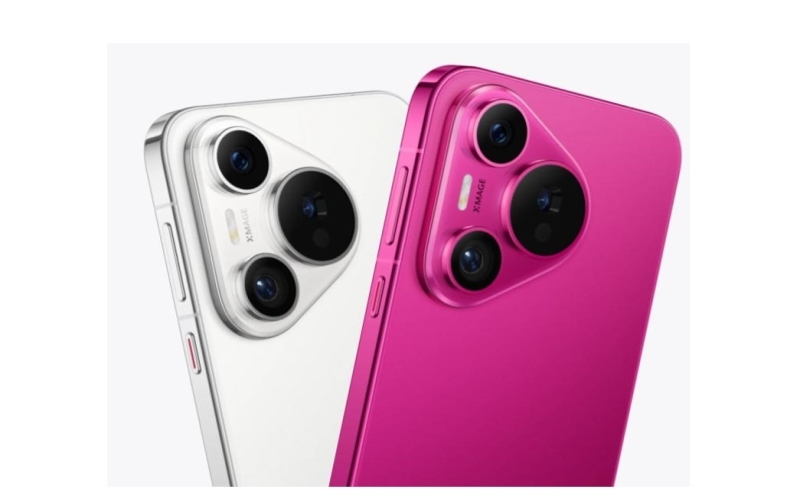RAM and ROM are two common terms used to describe the storage capacity of electronic devices, including smartphones. Although they sound similar, there are some key differences between the two, and understanding these differences can help you choose the right smartphone for your needs. In this article, we’ll take a closer look at what RAM and ROM are, how they differ, and why they are important for your smartphone.
What Are RAM and ROM?
RAM, which stands for Random Access Memory, refers to a type of memory that can be accessed randomly, while ROM, an acronym for Read-Only Memory, refers to a type of memory that can only be read and cannot be modified. These two types of memory are used for different purposes in a smartphone. RAM is a type of volatile memory, meaning that it is temporary and disappears when the power is turned off. It is used for storing data that is currently being used by the phone’s processor, such as running apps or operating system processes. The more RAM a smartphone has, the more apps and processes it can handle at once without slowing down or crashing.
ROM, on the other hand, is non-volatile memory, meaning that it retains its data even when the power is turned off. It is used for storing permanent data that is needed by the smartphone’s operating system, such as the phone’s firmware, system apps, and user data. ROM is usually divided into two types: internal storage and external storage. Internal storage is built into the smartphone and is used to store apps and data, while external storage, such as a microSD card, can be added to increase the phone’s storage capacity.
What’s the Difference Between RAM and ROM?
Purpose and the Data Type to Store
The main difference between RAM and ROM is their purpose and the type of data they store. RAM is used for the temporary storage of data that is currently being used by the smartphone, while ROM is used for the permanent storage of data that is needed for the phone’s operation.
Storage Speed
Another important difference between the two is their speed. RAM is much faster than ROM because it is directly accessible by the phone’s processor. This means that the phone can quickly access data stored in RAM, making it ideal for running apps and other processes that require fast data access. ROM, on the other hand, is slower because it is not directly accessible by the processor. However, it is still important for the phone’s operation because it stores essential data that the phone needs to function properly.
How to Choose Them for a Smartphone?
When choosing a smartphone, it is important to consider both RAM and ROM capacity. The amount of RAM you need will depend on how you use your phone. If you are a heavy user and regularly run multiple apps at once, you will need more RAM to ensure smooth performance. On the other hand, if you only use your phone for basic tasks like calling, messaging, and browsing the web, you may be able to get by with less RAM. ROM capacity is also important, especially if you plan on storing a lot of apps, photos, and other data on your phone. Most smartphones come with at least 64GB of internal storage, but if you need more, you can opt for a phone with a larger internal storage capacity like huawei pura 70, or add an external microSD card.

Final Words
In conclusion, RAM and ROM are both important components of a smartphone’s storage capacity. While RAM is used for the temporary storage of data that is currently being used by the phone’s processor, ROM is used for permanent storage of data that is essential for the phone’s operation. When choosing a smartphone, it is important to consider both RAM and ROM capacity to ensure that the phone can handle your needs and store all the data you need.


